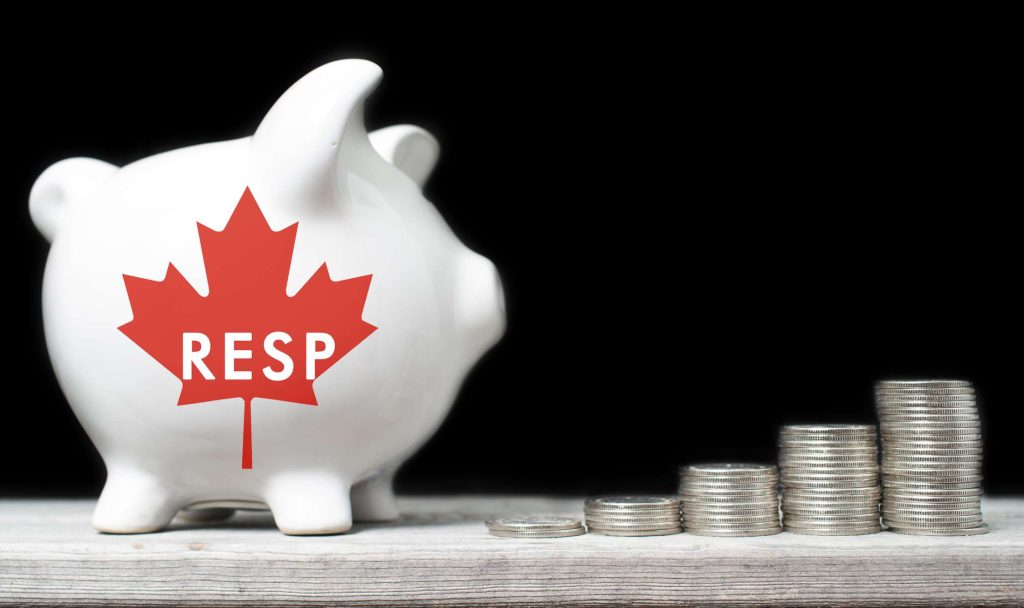
The federal government wants to revamp aspects of Canada’s Registered Education Savings Plan and one of the proposed changes hasn’t happened in 25 years.
As part of Budget 2023 that the government just put out, changes to the Registered Education Savings Plan — also known as an RESP — were revealed as a way to improve the system that helps people pay for post-secondary school.
Almost 500,000 students withdraw money from RESPs each year to fund their education but withdrawal limits haven’t increased in 25 years despite tuition fees going up, the federal government said.
So, the 2023 budget has proposed a few ways to improve RESPs for students and “help them afford the costs of pursuing an education.”
The federal government wants to increase limits on certain RESP withdrawals.
Those limits would go up from $5,000 to $8,000 for full-time students and up from $2,500 to $4,000 for part-time students.
Also, the government plans to allow divorced or separated parents to open a joint RESP for their children.
The goal of this is to make it easier and more affordable for parents to save for their child’s post-secondary education.
What is an RESP?
An RESP is a savings account where parents can save money for their child’s education after high school.
With RESPs, there is a subscriber (the person who makes contributions), a promoter (the person or organization who pays the contributions and the income earned on those contributions to the beneficiaries) and a beneficiary (the person who receives the contributions).
Also, government grants like the Canada Education Savings Grant, Canada Learning Bond or any designated provincial education savings programs can be paid to the RESP.
Once the beneficiary has graduated from high school and enrolled full-time or part-time in a post-secondary program, parents can request to withdraw money from the RESP to help pay for their child’s studies.
When government payments or interest earned is withdrawn from an RESP account, that money is called an Educational Assistance Payment. It can be used for post-secondary school expenses like tuition, books and transportation.
What happens to RESP money if it’s not used?
If RESP money is not used because the beneficiary doesn’t pursue post-secondary education, there are five options.
You can leave the money in the RESP in case they decide to go back to school later on. An RESP can be left open for up to 36 years
You can replace the beneficiary by naming another person and transferring the money saved in the account to be paid out to them when they get a post-secondary education.
You can transfer the money into your own registered retirement savings plan (RRSP). It’s possible to do a tax-free transfer of up to $50,000 of earnings from the RESP to your RRSP if:
- the RESP has been open for at least 10 years
- all beneficiaries are at least 21 and not currently continuing education after high school
- you have room to add money to your RRSP
- you are a Canadian resident
- the rules of the plan allow it
You can close the RESP and keep your contributions but return all of the remaining grants and bonds to the federal government. Also, you can get your investment earnings out of the RESP if it has been open for 10 years and the beneficiaries are at least 21 and not continuing on to post-secondary education.
Or, you can transfer the money to a Registered Disability Savings Plan if the plans share a common beneficiary and one of the following is met:
- the beneficiary of the RESP has a severe and prolonged mental impairment that can reasonably be expected to prevent the beneficiary from pursuing post-secondary education
- the RESP has been open for at least 10 years and each beneficiary is at least 21 years of age and not pursuing post-secondary education
- the RESP has been open for at least 35 years
The federal government has also proposed changes to Canada Student Grants to help make life more affordable for students in the coming academic school year.
